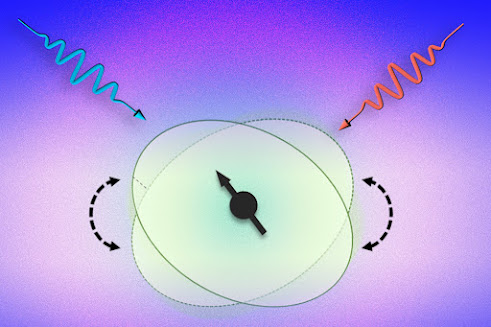Created by an electronic tug-of-war between the material's atomic layers, this ‘beautiful’ herringbone-like pattern could give rise to unique features that scientists are just starting to explore.
Researchers at the Department of Energy’s SLAC National Accelerator Laboratory and Stanford University have created a new type of quantum material whose atomic scaffolding, or lattice, has been dramatically warped into a herringbone pattern.
The resulting distortions are “huge” compared to those achieved in other materials, said Woo Jin Kim, a postdoctoral researcher at the Stanford Institute for Materials and Energy Sciences (SIMES) at SLAC who led the study.
“This is a very fundamental result, so it’s hard to make predictions about what may or may not come out of it, but the possibilities are exciting,” said SLAC/Stanford Professor and SIMES Director Harold Hwang.
“Based on theoretical modeling from members of our team, it looks like the new material has intriguing magnetic, orbital and charge order properties that we plan to investigate further,” he said. Those are some of the very properties that scientists think give quantum materials their surprising characteristics.
The research team described their work in a paper published in Nature today.

.jpg)






.jpg)
.jpg)
.jpg)





.jpg)

.jpg)

.jpg)




.jpg)
